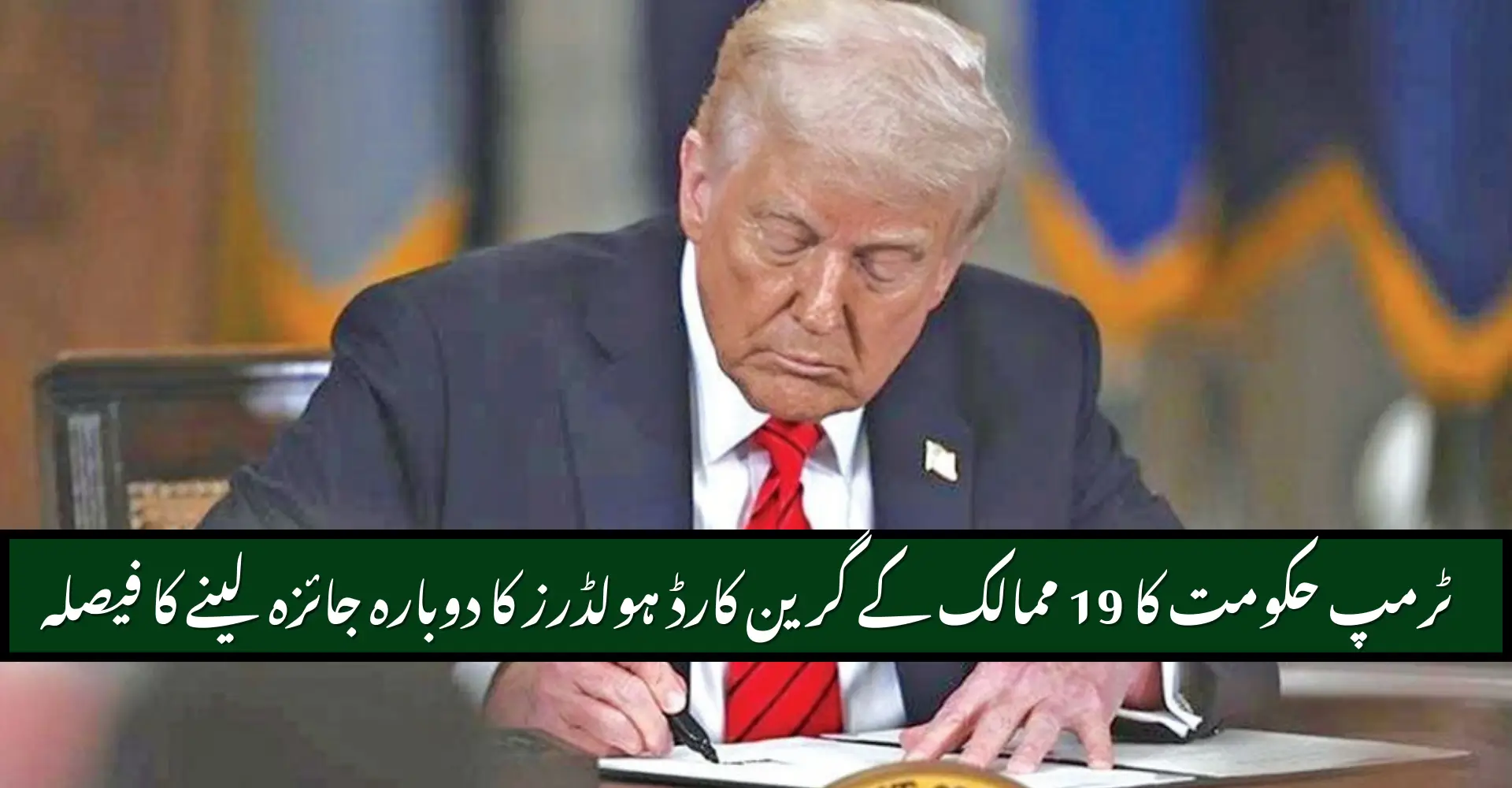Pakistan Received $1.82 Billion in Foreign Loans During 1QFY26. According to the Economic Affairs Division (EAD), Pakistan received $1.82 billion in foreign loans during the first quarter of fiscal year 2025-26 (1QFY26). These inflows reflect the country’s continued dependence on external financing to maintain economic stability and support foreign exchange reserves.
In this detailed report, we’ll explore the breakdown of bilateral and multilateral loans, the role of Naya Pakistan Certificates, the key contributors like Saudi Arabia, China, and Japan, and what this means for Pakistan’s economic direction in FY26.
Pakistan’s Foreign Loan Overview FY2025-26
The EAD data reveals that between July and September 2025, Pakistan secured $1.82 billion in total foreign assistance. This amount includes:
- Bilateral Loans and Grants
- Multilateral Loans and Grants
- Investments in Naya Pakistan Certificates
These inflows have been crucial for meeting external financing needs, strengthening forex reserves, and funding development projects.
Breakdown of Pakistan’s $1.82 Billion Foreign Assistance
Let’s look at how the total assistance was distributed across different categories during the first quarter of FY26.
| Category | Amount (USD) | Key Sources |
|---|---|---|
| Bilateral Grants | $19.37 million | China, Japan, Germany |
| Bilateral Loans | $334.8 million | Saudi Arabia, China, France, Japan |
| Multilateral Grants | $21.53 million | IBRD, IDA |
| Multilateral Loans | $939.28 million | Islamic Development Bank, ADB, IDA |
| Naya Pakistan Certificates | $541.57 million | Overseas Pakistanis |
| Total Foreign Assistance (1QFY26) | $1.82 Billion | — |
Bilateral Grants and Loans: Strong Ties with Key Partners
1. Bilateral Grants
During the first quarter of FY26, Pakistan received $19.37 million in bilateral grants. These grants came mainly from friendly countries that continue to support Pakistan’s development needs.
- China: $9.75 million
- Japan: $6.16 million
- Germany: $3 million
These grants are often non-repayable funds meant to support technical assistance, education, and infrastructure projects.
2. Bilateral Loans
The total bilateral loan inflow stood at $334.8 million, reflecting Pakistan’s strategic borrowing from allies to meet fiscal gaps.
The Saudi Oil Facility emerged as the biggest contributor with $300 million, underscoring the strong economic partnership between Saudi Arabia and Pakistan.
Other bilateral lenders include:
- China: $9.75 million
- France: $8.5 million
- Japan: $6.16 million
- South Korea: $4.21 million
- Germany: $3.03 million
In September alone, bilateral loans reached $102 million, with $100 million from Saudi Arabia and $2 million from China.
Multilateral Financing: The Backbone of Pakistan’s External Support
Pakistan continues to rely heavily on multilateral institutions for its financial stability. These include organizations such as the World Bank, International Development Association (IDA), Asian Development Bank (ADB), and Islamic Development Bank (IsDB).
1. Multilateral Grants
During 1QFY26, multilateral grants totaled $21.53 million, including:
- IBRD (World Bank arm): $12.95 million
- IDA (World Bank group): $8.18 million
These grants are often tied to projects in education, health, and public sector reforms.
2. Multilateral Loans
Multilateral loan disbursements reached $939.28 million, making up the largest share of total foreign assistance.
| Institution | Loan Amount (USD) |
|---|---|
| Islamic Development Bank (IsDB) | $311.43 million |
| International Development Association (IDA) | $287 million |
| International Bank for Reconstruction and Development (IBRD) | $144.94 million |
| Asian Development Bank (ADB) | $116.94 million |
| Total Multilateral Loans | $939.28 million |
These funds are typically aimed at policy reforms, energy development, and infrastructure financing.
Naya Pakistan Certificates (NPCs): A Key Source of Investment
The Naya Pakistan Certificates (NPCs) continue to be a vital source of foreign exchange inflow from overseas Pakistanis.
Between July and September 2025, investments in NPCs reached $541.57 million, nearly 89% of the full-year budget target of $609 million.
These certificates allow non-resident Pakistanis to invest in PKR, USD, GBP, and Euro with attractive returns while helping the government strengthen its reserves position.
Benefits of Naya Pakistan Certificates:
- High profit rates (especially in USD terms)
- Shariah-compliant options available
- Easy online investment through Roshan Digital Accounts
- Contribution to national reserves
Foreign Deposits and Reserves Support
To maintain foreign exchange stability, Pakistan continues to hold term deposits worth $9 billion.
This includes:
- $5 billion from Saudi Arabia
- $4 billion safe deposit from China
These deposits are crucial for boosting investor confidence and supporting the Pakistani rupee.
IMF Disbursements Not Included in EAD Accounts
It’s important to note that IMF disbursements under the Extended Fund Facility (EFF) are not reflected in the EAD or Ministry of Finance data.
Instead, they are recorded as balance of payments support on the State Bank of Pakistan’s (SBP) balance sheet.
This means the $1.82 billion figure represents only non-IMF external inflows, excluding any budgetary or emergency IMF support.
Pakistan’s FY26 Foreign Financing Targets
For Fiscal Year 2025-26, the government has set the following external financing goals:
| Category | FY26 Budget Target (USD) |
|---|---|
| Multilateral Grants | $63.72 million |
| Multilateral Loans | $4.98 billion |
| Bilateral Loans | $1.50 billion (est.) |
| Naya Pakistan Certificates | $609 million |
| Total External Financing (Planned) | ~$7.15 Billion |
This budget highlights Pakistan’s continued reliance on foreign lenders and global financial institutions to fund its development and economic stabilization programs.
Why Pakistan Relies on External Financing
Pakistan’s reliance on foreign loans and aid stems from persistent current account deficits, low exports, and rising debt repayments.
Key Reasons Include:
- Balance of Payments Support: To maintain foreign reserves and prevent currency depreciation.
- Infrastructure Development: To fund large-scale energy and transport projects.
- Debt Servicing: To meet repayment obligations to international creditors.
- Reform Implementation: Linked to IMF and World Bank policy programs.
While these inflows support short-term stability, they also raise long-term debt sustainability concerns.
Economic Experts’ View
Financial experts believe that while $1.82 billion in foreign inflows during Q1FY26 shows strong international support, Pakistan needs to diversify revenue sources and boost exports to reduce dependency.
“The current figures show a temporary balance improvement, but sustainable growth requires structural reforms,” said a Lahore-based economist.
They also emphasize the importance of transparent debt management, domestic investment promotion, and better fiscal discipline to ensure long-term stability.
Impact on Pakistan’s Economy
Positive Effects
- Strengthens foreign reserves
- Stabilizes the exchange rate
- Supports development projects
- Enhances investor confidence
Potential Challenges
- Increased external debt burden
- High interest payments
- Dependence on foreign institutions
- Risk of sovereign credit downgrades if debt grows faster than GDP
Key Lenders Supporting Pakistan in FY26
| Country / Institution | Type of Support | Amount (USD) |
|---|---|---|
| Saudi Arabia | Oil Facility | $300 million |
| China | Bilateral Loan & Safe Deposit | $13.75 million + $4 billion deposit |
| Japan | Loan & Grant | $12.32 million |
| Germany | Grant | $3 million |
| Islamic Development Bank | Loan | $311.43 million |
| Asian Development Bank | Loan | $116.94 million |
FAQs
1. How much foreign assistance did Pakistan receive in the first quarter of FY26?
Pakistan received $1.82 billion in total foreign assistance between July and September 2025, according to the Economic Affairs Division (EAD).
2. Which countries provided the largest bilateral loans to Pakistan?
Saudi Arabia provided the biggest bilateral loan through the $300 million Saudi Oil Facility, followed by China, Japan, and France.
3. What role do Naya Pakistan Certificates play in foreign inflows?
They allow overseas Pakistanis to invest in high-return certificates, generating over $541 million in Q1FY26 and helping stabilize foreign reserves.
4. Are IMF funds included in the EAD loan data?
No, IMF disbursements under the Extended Fund Facility (EFF) are recorded separately by the State Bank of Pakistan.
5. What is Pakistan’s total foreign financing target for FY26?
The government has targeted about $7.15 billion in total external financing for FY26, including loans, grants, and NPC investments.
Conclusion
In summary, Pakistan received $1.82 billion in foreign loans during 1QFY26, reflecting continued dependence on external financial assistance. With strong support from Saudi Arabia, China, and multilateral institutions, Pakistan has temporarily stabilized its reserves.














